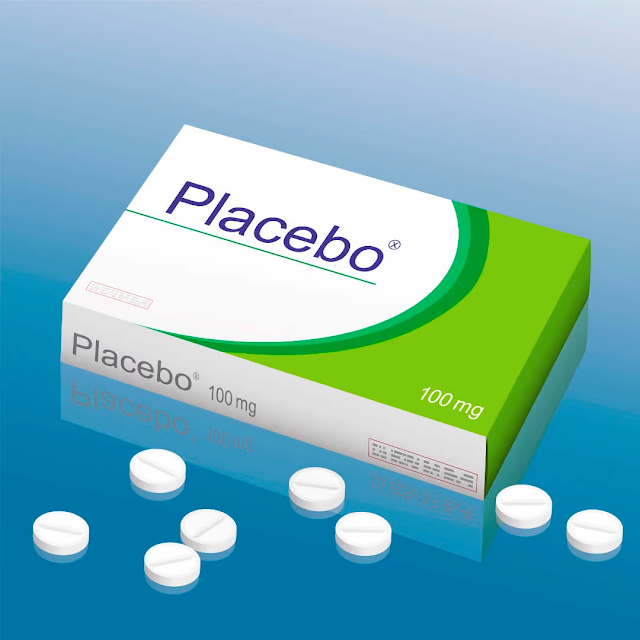The “Why” of Addictive Behaviors
By Ghada Osman, Ph.D., LMFT*
Addictions fall into two main categories: chemical and behavioral, although chemical addictions also have a behavioral component. For example, addiction to cigarettes includes a chemical addiction to nicotine, but cigarette use can also provide a social connection among smokers. Chemical addiction includes abuse of: alcohol, marijuana, illegal drugs, nicotine, prescription drugs, glue/ solvents/ inhalants, and/ or food. Behavioral addictions may include gambling, cutting, sex, internet, shopping, and/ or video games.
Recovery from addictions can be challenging. Reasons for relapse include not being “bottomed out” – i.e. entering recovery not because of being ready but for the sake of family/ friends or for legal reasons – an unaddressed mental health diagnosis, unrealistic expectations of the challenges of recovery, spending time with the same people as before/ continuing the same behaviors or mindset as before, and not dealing with the reasons for addiction.
Knowing why we are turning to an addictive behavior may be one of the most important ways we can shift away from it. Generally, people turn to addiction for one, but sometimes both, of the following reasons:
- A shift in energy. A person turns to the substance/ behavior either to feel more energized and excited, or calmer and more relaxed. Sometimes people will turn to one substance or behavior to achieve one effect, and then to another to try to balance out that effect.
- A shift in social interaction. Sometimes, a person turns to addictive behavior out of a sense of emptiness, yearning to feel more connection. That might mean that she uses with others, connects with others online, or generally feels isolated and relies on the addiction to escape that feeling. Or, a person resorts to a behavior to move away from others.
Knowing the why can then help us come up with other ways to match the feeling. If we are looking to be energized, then taking long deep breaths every time an urge to turn to the addictive behavior comes up may not be the best fit. Instead, we may need to look for what else might energize us – perhaps running or dancing?
Take a moment to think about behavior that you are pulled towards, whether you would identify it as an addiction or not (for example, you may notice that you have a tendency to scroll through your phone mindlessly). Notice what the feeling is that you have before you turn to the behavior, and think of what are other ways that you can arrive at that feeling. And if you’re interested in exploring some of those feelings and/ or activities more, feel free to contact us at Health Services for a counseling appointment or for information about our upcoming workshops.
*Portions of this blog are adapted from the author’s book Mental and Emotional Healing through Yoga: A Guiding Framework for Therapists and their Clients.
Take a moment to think about behavior that you are pulled towards, whether you would identify it as an addiction or not (for example, you may notice that you have a tendency to scroll through your phone mindlessly). Notice what the feeling is that you have before you turn to the behavior, and think of what are other ways that you can arrive at that feeling. And if you’re interested in exploring some of those feelings and/ or activities more, feel free to contact us at Health Services for a counseling appointment or for information about our upcoming workshops.
*Portions of this blog are adapted from the author’s book Mental and Emotional Healing through Yoga: A Guiding Framework for Therapists and their Clients.




Comments
Post a Comment